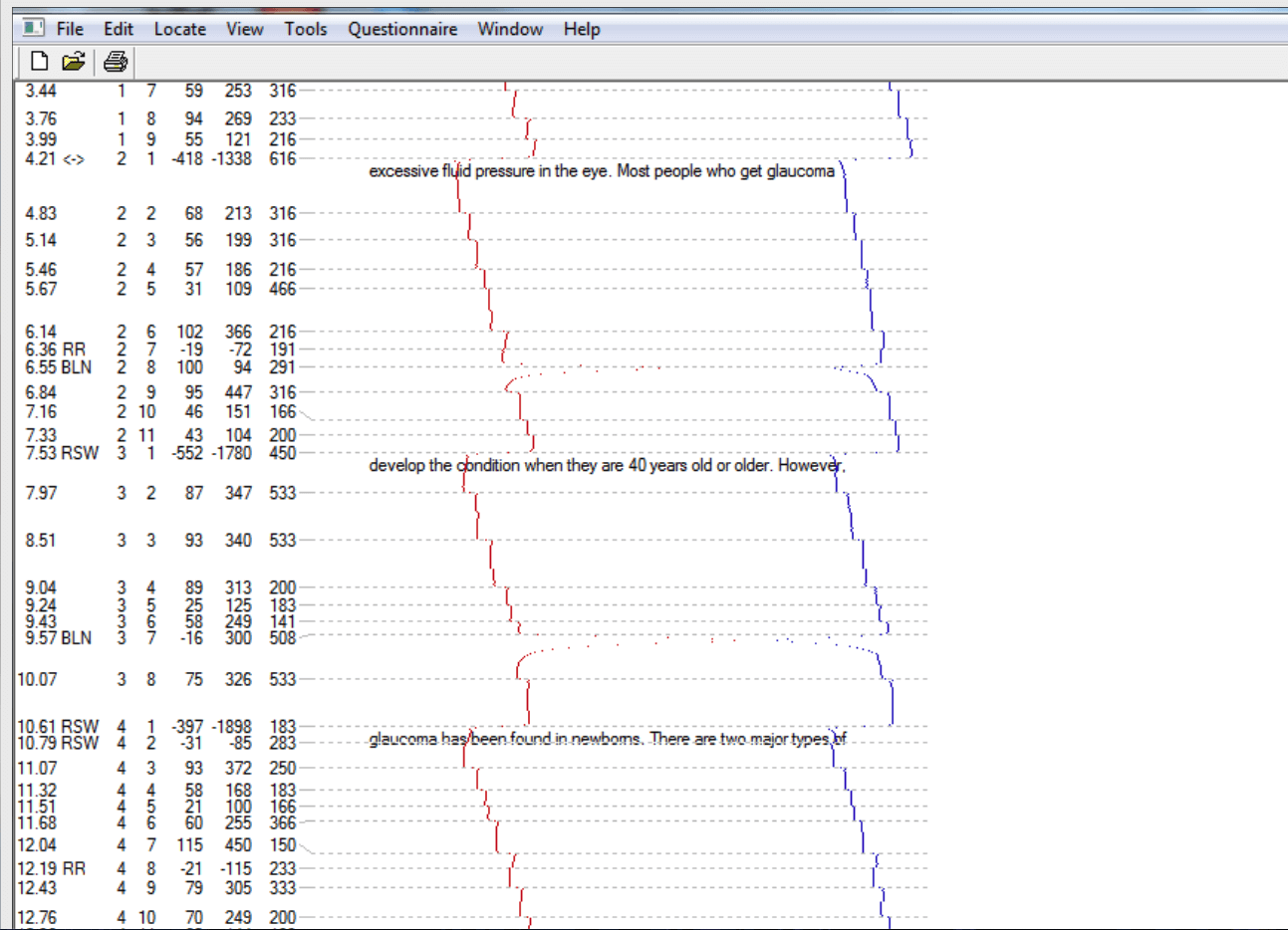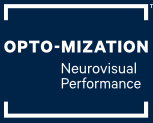Reading & Learning
When a child is struggling with reading and learning one of the first suggestions is often to have the eyes checked. Too often the eye exam with the optometrist or pediatric ophthalmologist concentrates only on seeing clearly and the physical health of the eye. This means that problems with eye tracking, how the eyes work together, and how the brain processes the vision are overlooked. It is important to assess these areas as they can cause the same symptoms as dyslexia, attention deficit disorder (ADD/ADHD), developmental coordination disorder, dysgraphia, and other learning disabilities.

Common reading and learning problems caused by vision:
Recognizing letters
The most severe tracking issues can mean that every time a child looks at a letter it looks fundamentally different to them. It can also cause confusion between similarly shaped letters.
Reading fluency
When the eyes jump to unexpected places on the page, it can make it difficult to read smoothly with the right intonation. Being able to read out loud fluently involves scanning ahead of the word you’re reading to put it in context and determine the correct intonation. Try reading a paragraph aloud while you block out all the words ahead of the one you are saying, and you’ll quickly realize you lose fluency.
Sustaining attention
If eye movement is really inefficient, it takes a lot more effort to try to sustain attention. Think of your child riding a bicycle with flat tires. You couldn’t expect them to ride for as long as on a properly tuned bicycle. Studies have shown that vergence (eye teaming problems) can cause 7 of the 9 symptoms of attention deficit disorder.
Recognizing words
Tracking problems can mean that when a child looks at a word, their eyes jump to the end of the word, back to the beginning, and through the word in a random pattern. This means that the next time they see the word, it actually looks different to them. This is commonly noticed when you teach them a word, and three lines later they won’t recognize the same word.
Reading comprehension
If your child’s eyes do not track accurately through the text, they will not be able to take in what they are reading in the proper order. In addition, their brain will be focusing on the act of just trying to track their eyes, leaving less power for comprehending and understanding the material.
Writing
Writing requires the brain to formulate what needs to be written, and then coordinate the motor movements of the wrist, fingers, hand and arm to re-create what has been visualized. Vision problems can result in messy writing, slanted writing, unequal spacing, unequal sizing and more.
See this example here of this grade 4’s writing before the vision problems were treated and after.

Copying from the board
Efficient copying from the board requires that the learner can accurately move their eyes from board to page, as well as retain the snapshot of the word/words they want to copy from the board. If the eyes don’t work together properly, track accurately or focus properly it cause make for slow and difficult copying.
Spelling
Spelling is visual ‘memmory’ task. What did you just say there? It _____ wrong. You’re right, it doesn’t sound wrong, it looks wrong. Spelling really comes down to visual memory, and if a young learner.
Here is what should be tested:
Eye tracking
If your child’s eyes don’t accurately track through the letters on a page, it can interfere with reading ability in a number of ways. The affected areas will depend on the particular problem and severity. Eye-tracking is tested with standardized tests such as the King Devick, DEM, or computerized eye-tracking.
Before Vision Therapy
After Vision Therapy

Binocular function (eye teaming)
If the eyes do not move together or to the same place, reading will be difficult. It can create a situation where each eye is giving a different picture, which will create confusion about what is being seen.
Accommodation (focusing)
If your child’s eyes struggle to focus accurately, sustain focus, or shift focus, it can create problems with reading, attention, writing and more
Visual Information Processing
This can include: visual-motor abilities (writing), spatial processing (hand-eye coordination), visual memory (spelling) and more. Sometimes these problems can be detected simply from asking the right questions.
Part of the examination process should also be counselling on various treatment options.
The most common treatments are as follows:
Glasses prescriptions
Special glasses prescriptions take into account how your eyes and brain work together. This can improve balance as shown in the video below.
As well as eye tracking:
Also, headaches, migraines, nausea, fatigue, fogginess, writing ability, concentration and more.
The glasses may utilize certain tools such as prisms, tints, bi-nasal occlusion, nasal occlusion, bifocals, progressives, and more. On that note, be very cautious of blue light filter glasses, as your brain needs a certain amount of blue light for your circadian rhythm.
Vision therapy, vision rehabilitation, or neuro-visual training
Vision therapy is about re-training how the eyes and the brain work together. This often has very little to do with the physical eyes. It has more to do with how the brain is processing vision and controlling what the eyes do. The specific exercises and activities are targeted to be able to teach your brain to process your vision more accurately and more efficiently. The home training that is prescribed then re-inforces these new neural pathways. Vision therapy can take anywhere from 25-50 weeks. The average vision problems causing difficulty with learning take around 40 weeks to fully treat.
Referrals
Often during the examination, it can become obvious that there are other areas that also need support and testing. We work closely with other professionals to ensure proper care.

